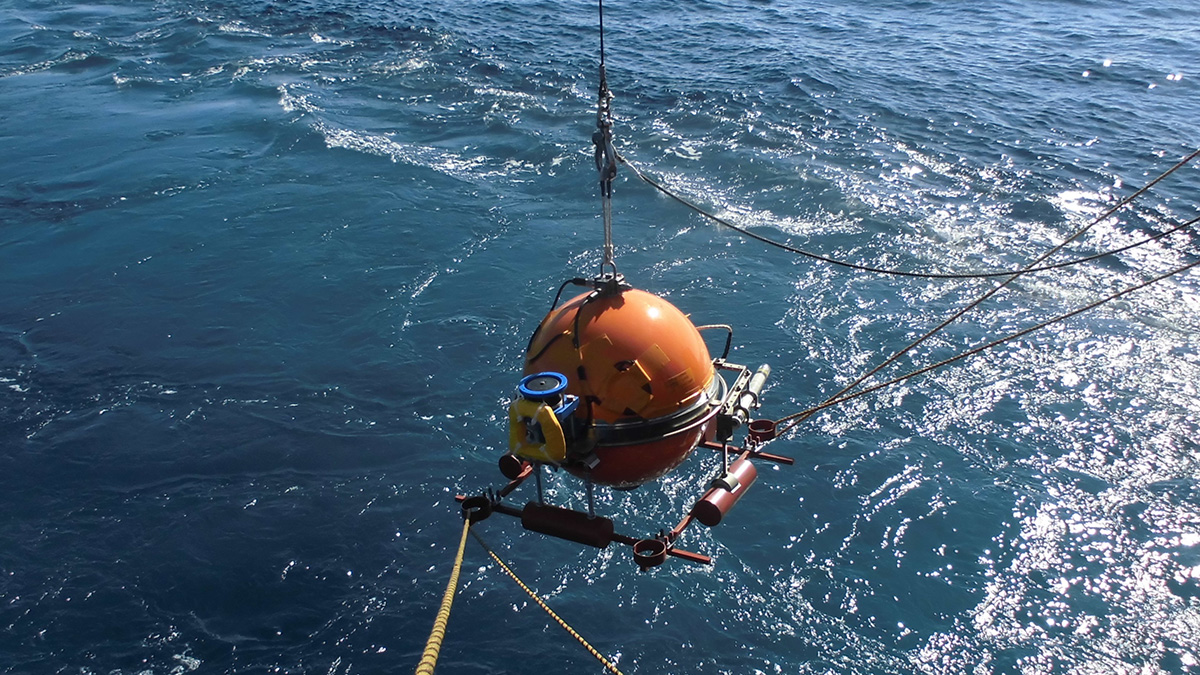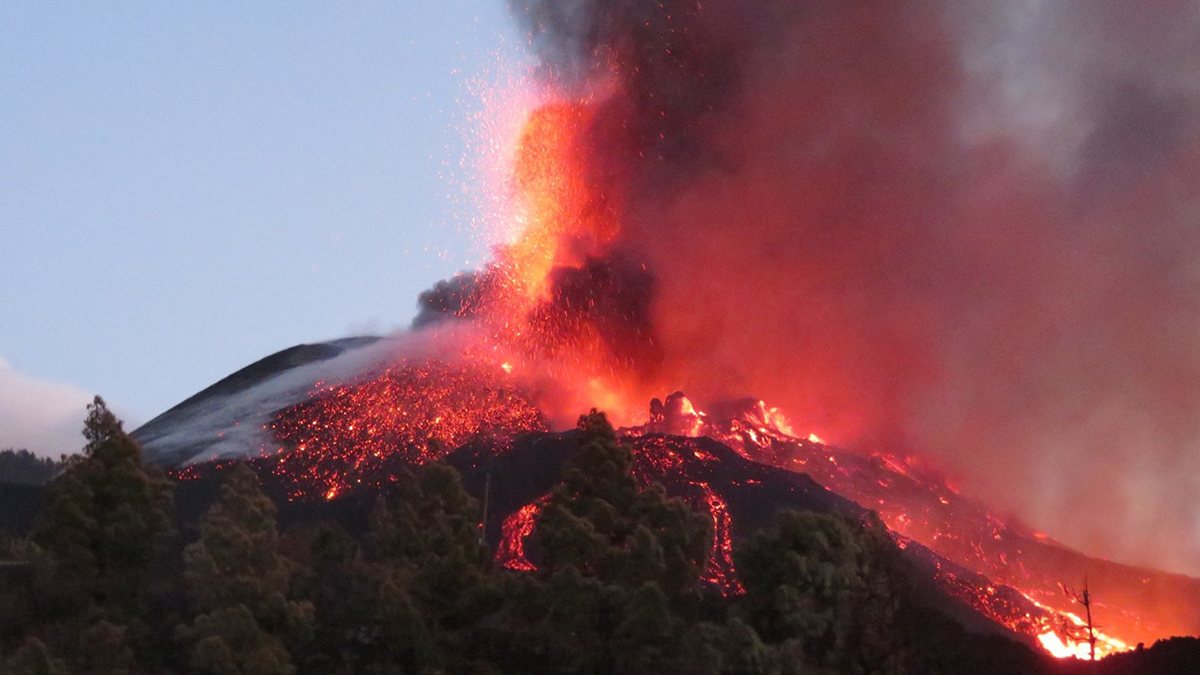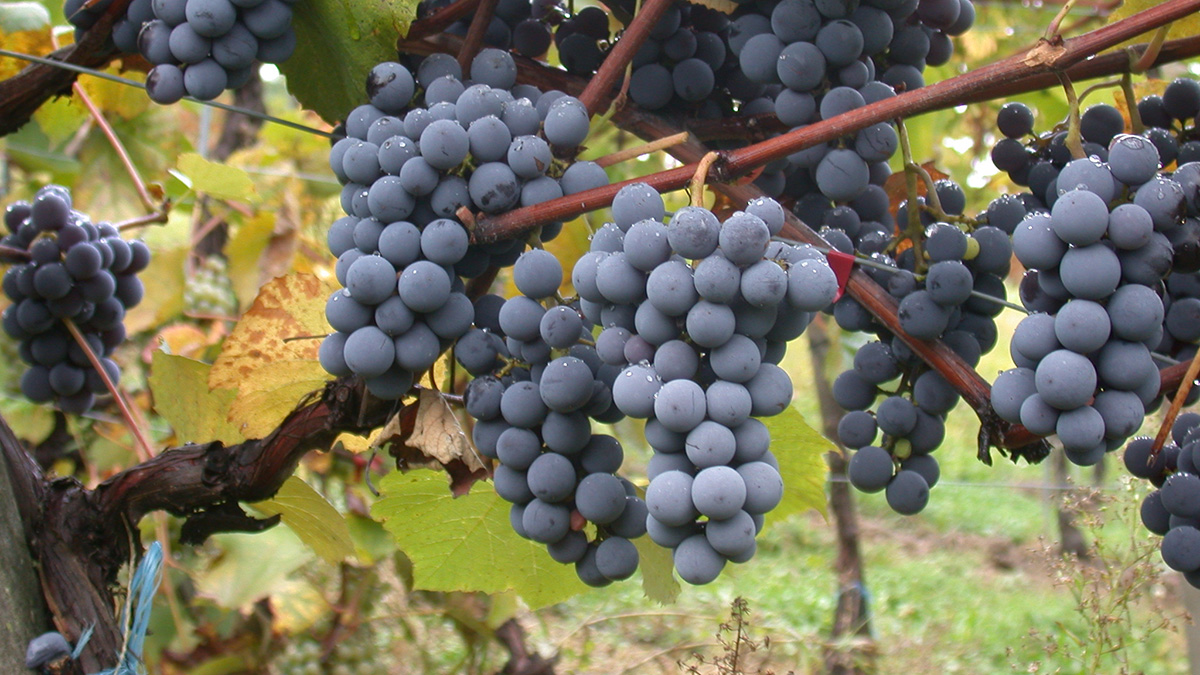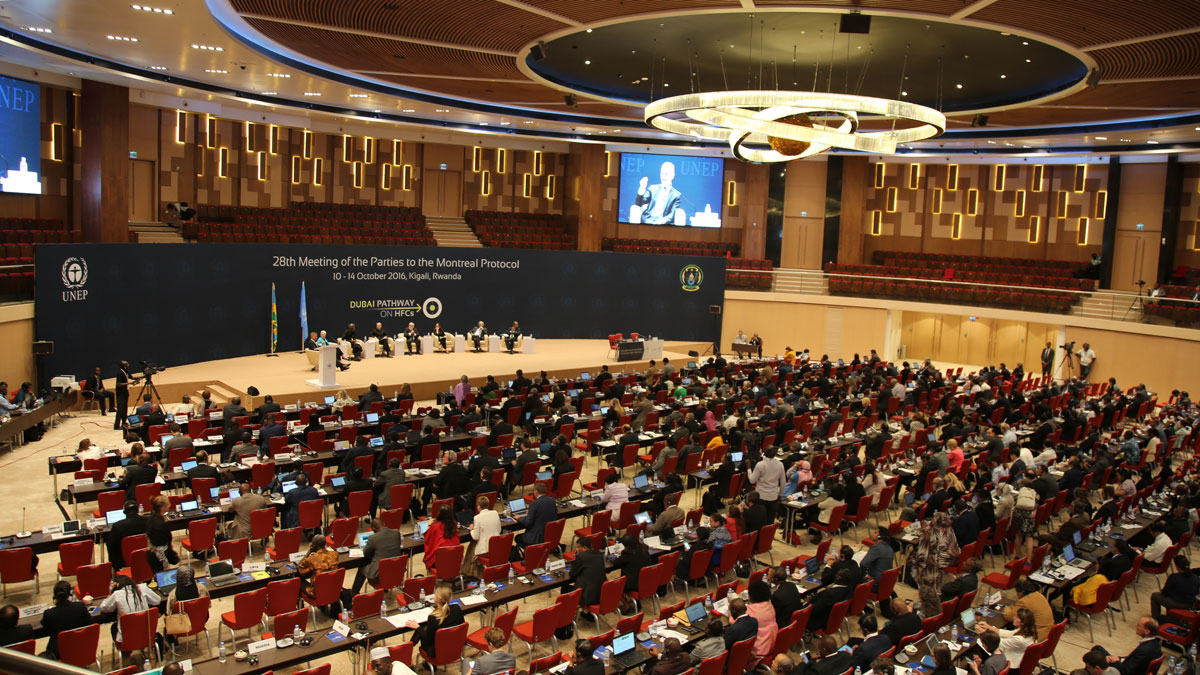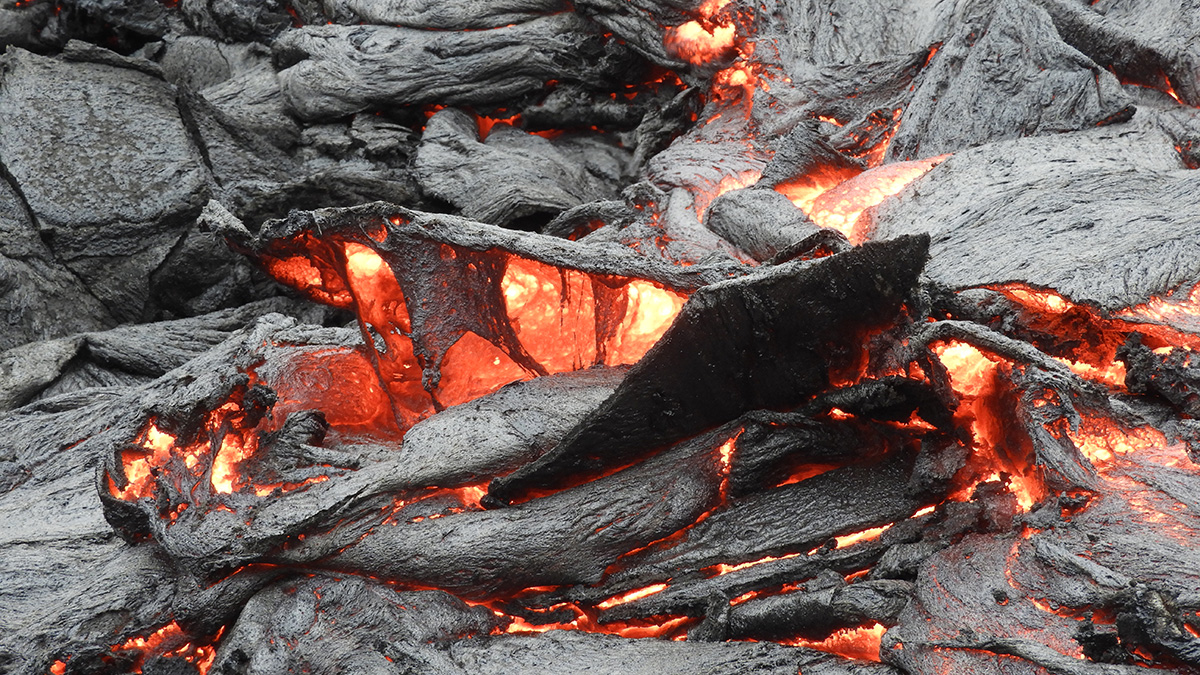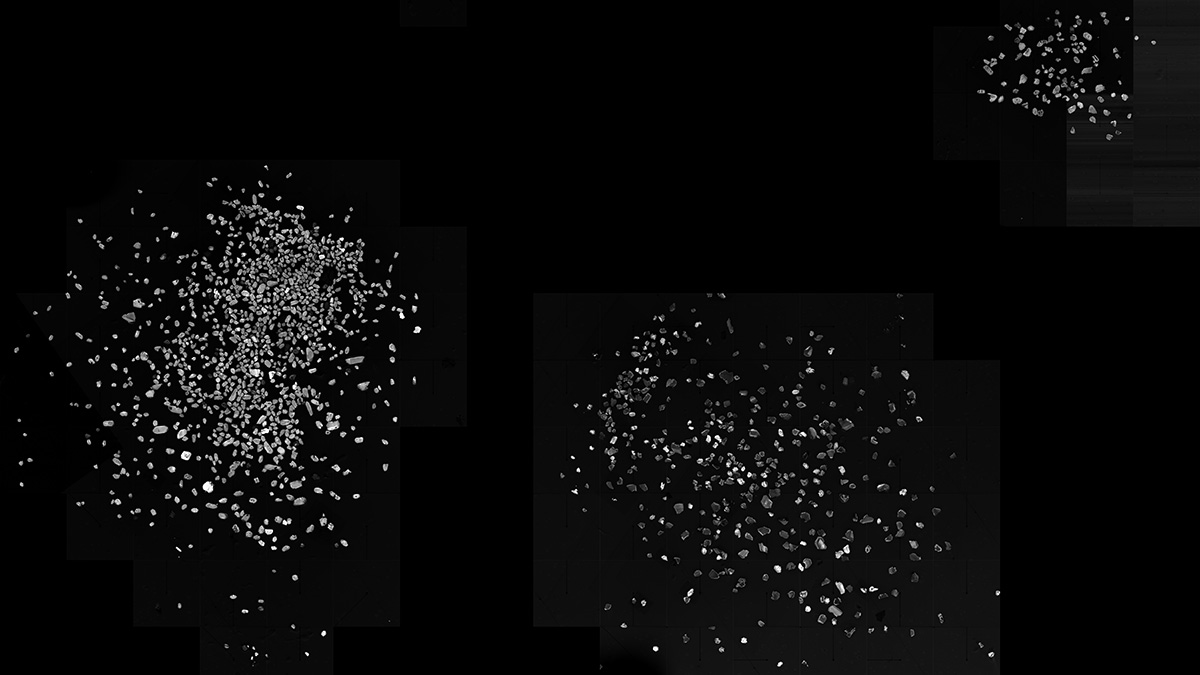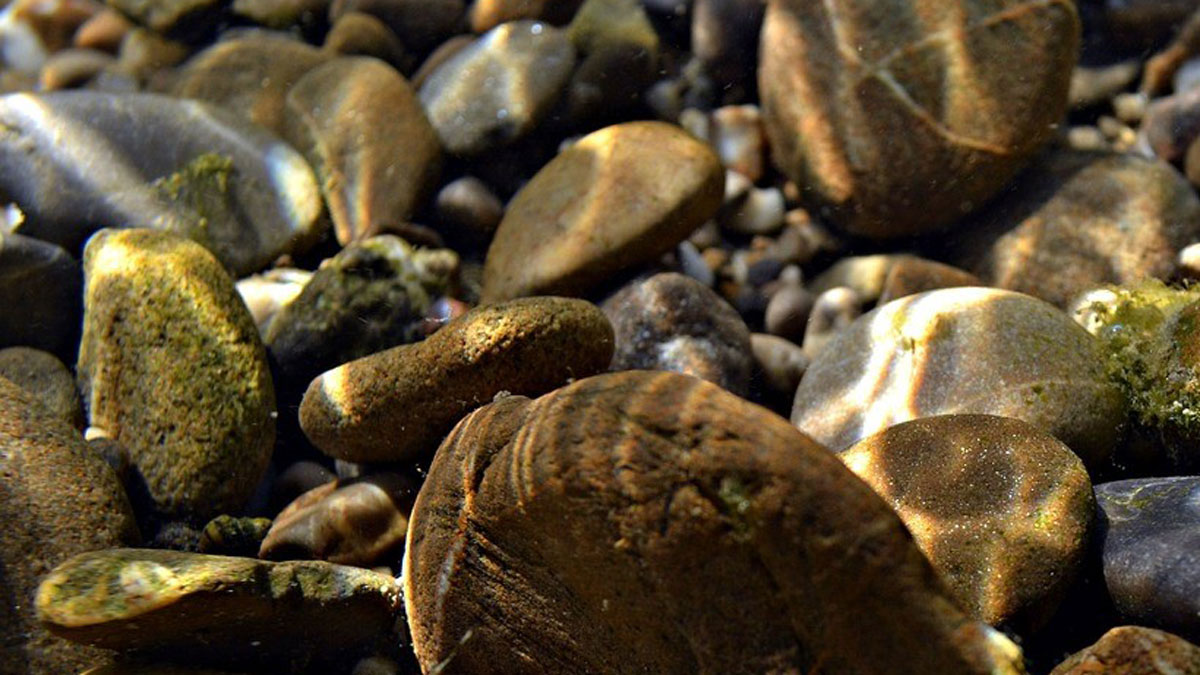海底扩张将岩石圈矿物组织成一个晶格,但小规模的对流混杂在最内层。
Earth science
Quantification of Subaerial Volcanism and its Products
Researchers estimate the mass of volcanic products that erupted above sea level from 1980 to 2019 by volcanoes worldwide and the average eruptive rates of each magmatic province.
How Wine’s Origin Was Shaped by the Last Glacial Maximum
The harsh climate of the ice age influenced grapevine cultivation at the dawn of agriculture.
Accounting for Offbeat Earthquakes Could Improve Forecasts
A new model considers the full history of earthquakes on a fault, improving forecasts of when the next will strike.
Estableciendo el marco para la acción climática bajo el Protocolo de Montreal
Doce artículos fueron la base científica para la rápida acción que reforzó el tratado, el cual ya estaba salvaguardando el ozono estratosférico, para que también protegiera el clima al reducir los super contaminantes.
Crystals Track Magma Movement Beneath Iceland
Crystals from Fagradalsfjall’s eruption mark how mantle magma might have been moving years before geophysical indicators alerted scientists to unrest.
How to Bend Lightning with a Laser Beam
For the first time, scientists have redirected lightning using a laser beam. And that’s just the start of what’s possible.
The Seven-Ages of Earth as Seen Through the Continental Lens
The 4.5-billion-year record contained in Earth’s continental crust reveals a seven-phase evolution, from an initial magma ocean to the present-day environment in which we live.
Prospecting for Copper with Machine Learning and Zircons
Using artificial intelligence, researchers can now identify zircons derived from valuable copper deposits.
Decoding the Secrets of Shifting Sediments
In the small-scale details of grain shape, researchers have found a new way to understand how sediment flows in a river, a process shaping Earth’s landscapes.

